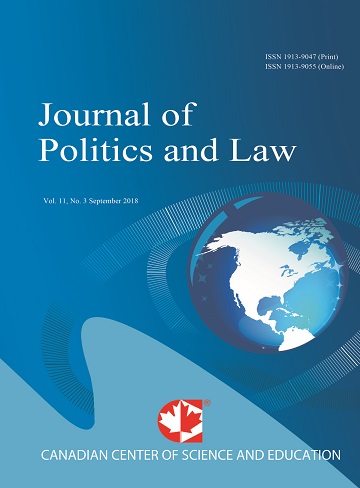The Nature of Peace Agreement in International Law
- Ghassem Bohloulzadeh
Abstract
Peace agreements offer rule-based approaches, which distinguish from some variable peace processes and are manifested as establishing a legal peace. This legal peace is provided in the following forms:
1) Peace agreements evaluate internal and external interactions for the legitimacy of government through distorting government and supporting human rights; a different composition of public and private (non-government) signatories;
2) Peace agreements are common treaties riding over national (interior) and international legal issues;
3) Different forms of legal commitments; peace agreements embraces both valid organizational regulations and contracts or pseudo- commitment contracts;
4) Various third party agencies; peace agreements rely upon common law coalition government and contain multiple oppositions, common law and political mechanisms and their implementation.
These various ways simultaneously reflect settlement ways of peace agreements. If legal issues are ignored and peace agreements are properly considered, they may be argued as a temporary international constitution. Peace agreements provide a powerful plan for governing; however, they are often minor and temporary requiring developed.- Full Text:
 PDF
PDF
- DOI:10.5539/jpl.v10n2p208
Journal Metrics
h-index (2017): 14
i10-index (2017): 39
h5-index (2017): 9
h5-median (2017): 11
Index
- Academic Journals Database
- ACNP
- ANVUR (Italian National Agency for the Evaluation of Universities and Research Institutes)
- Berkeley Library
- CNKI Scholar
- COPAC
- CrossRef
- DTU Library
- EBSCOhost
- Elektronische Zeitschriftenbibliothek (EZB)
- EuroPub Database
- Excellence in Research for Australia (ERA)
- Genamics JournalSeek
- GETIT@YALE (Yale University Library)
- Ghent University Library
- Google Scholar
- Harvard Library
- HeinOnline
- INDEX ISLAMICUS
- Infotrieve
- Jisc Library Hub Discover
- JournalGuide
- JournalTOCs
- LOCKSS
- MIAR
- Mir@bel
- NewJour
- Norwegian Centre for Research Data (NSD)
- Open J-Gate
- PKP Open Archives Harvester
- Publons
- Pubmed journal list
- RePEc
- ROAD
- Scilit
- SHERPA/RoMEO
- Standard Periodical Directory
- Stanford Libraries
- UCR Library
- Ulrich's
- UniCat
- Universe Digital Library
- UoS Library
- WorldCat
- Zeitschriften Daten Bank (ZDB)
Contact
- William TaiEditorial Assistant
- jpl@ccsenet.org
